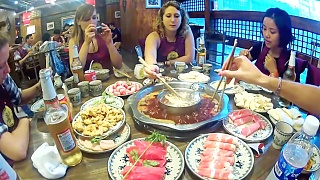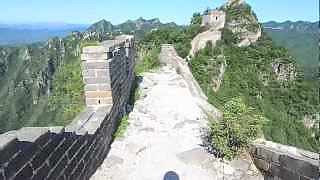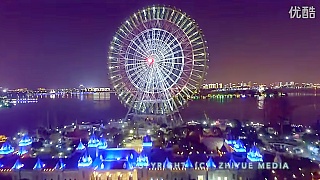"This week we discuss the roll out of “AUKUS” and how it fits into long-standing plans to encircle and contain China as well as set the stage for what US war planners call a limited conflict with China aimed at destroying its economy, setting it and Asia back decades, and ensuring Western hegemony for years to come."
With The New Atlas - Don't miss it ...
[640],shadow=true,start=,stop=Bonus film - with The Grayzone ...
[320],shadow=true,start=,stop=Bonus film - Myanmar : US-backed NUG opposition declares war on its own country ...
[320],shadow=true,start=,stop=Bonus film 2 - US CENCOM Admits Afghan "Revenge" Drone Strike Killed Only Civilians, Including 7 Children ...
[320],shadow=true,start=,stop=Bonus film 3 - On manufactured ignorance, with Chris Hedges, On Contact RT ...
[320],shadow=true,start=,stop= Planning for war with China
Planning for war with China



















































